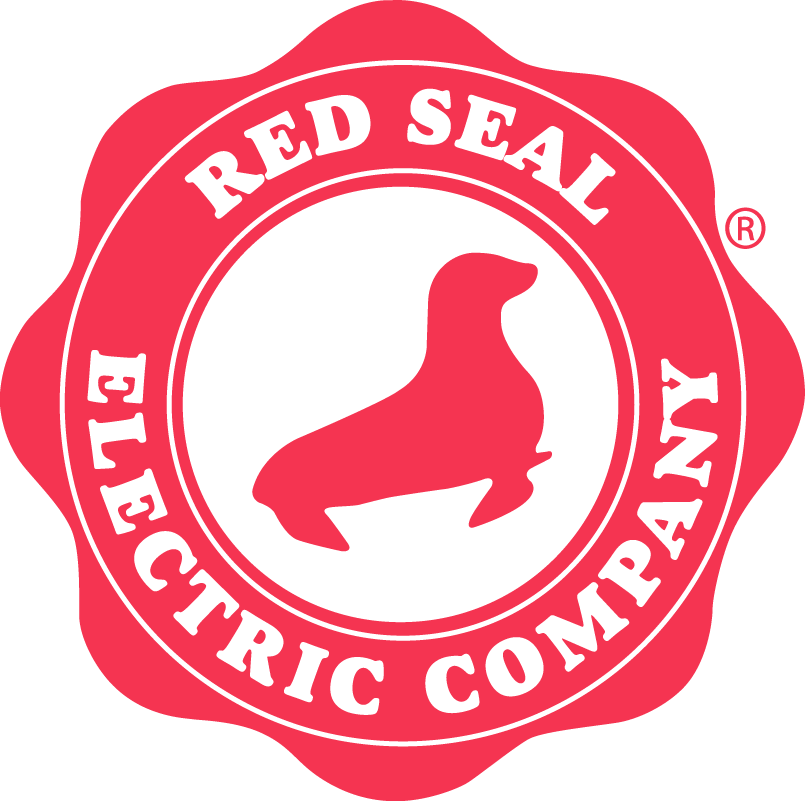How Temperature and Moisture Affect Material Performance in Manufacturing
When it comes to material performance, the environment matters just as much as engineering. Temperature swings, humidity, and condensation all affect how materials behave over time, and oftentimes, in ways that aren’t visible until failure occurs.
As experts in non-metallic materials, we help manufacturers anticipate these environmental challenges by matching each application to the right material to improve performance and reliability.
Why Environment Matters
Every material reacts to its surroundings. Heat, cold, and humidity don’t just affect our comfort; they can also change how materials look and perform over time.
Think of it this way: wood swells when it’s damp, metal expands in the sun, and plastic can become brittle in freezing temperatures. The same kinds of changes happen in industrial materials if they’re not properly matched to their environment.
A panel that holds up perfectly inside a climate-controlled warehouse might start to warp, crack, or lose strength in a humid coastal plant. Over time, that can lead to early wear, leaks, shorts, or breakdowns. All problems that could have been prevented by choosing a more suitable material.
The Role of Temperature
Temperature extremes can push materials beyond their limits. For example:
High heat can cause resins to soften, leading to loss of structural integrity or deformation.
Low temperatures can make plastics brittle, increasing the risk of cracking under stress.
Frequent fluctuations cause expansion and contraction cycles that fatigue materials faster.
Understanding the operating temperature range is key to long-term reliability, especially for applications near heat sources, outdoors, or in unconditioned environments.
The Role of Moisture
Water is one of the most common culprits behind premature material failure. Moisture can:
Increase conductivity, undermining electrical insulation.
Cause corrosion when paired with metal fasteners or frames.
Lead to dimensional instability or swelling.
Even a small difference in water absorption— ie. 0.5% versus 1%— can change how a material performs. This is why it is crticially important to consider moisture exposure and humidity conditions when planning materials.
The Red Seal Advantage
With decades of experience in material testing, fabrication, and performance optimization, Red Seal delivers components built to perform in any environment. Our engineering team partners directly with customers to balance performance, cost, and compliance on every project.
All fabrication, machining, and finishing take place in-house, ensuring precision, consistency, and fast turnaround.We offer a comprehensive range of composite materials designed to meet the specific needs of various industries.
At Red Seal Electric, we stock more than 70 types of composite insulating materials, including:
Fiberglass: Known for its excellent insulation properties and high strength-to-weight ratio, fiberglass is ideal for electrical and thermal insulation.
Plastics: Versatile and durable, plastic materials offer good electrical insulation and chemical resistance.
Laminates: Our high-quality laminates provide exceptional electrical insulation and mechanical strength.
Cement Board: Perfect for applications requiring fire resistance and thermal insulation.
Micas: Highly resistant to heat and electricity, mica is an excellent choice for high-temperature applications.
No matter what type of materials you're in need of for your project, our team of experts is here to help you find the perfect solution.
